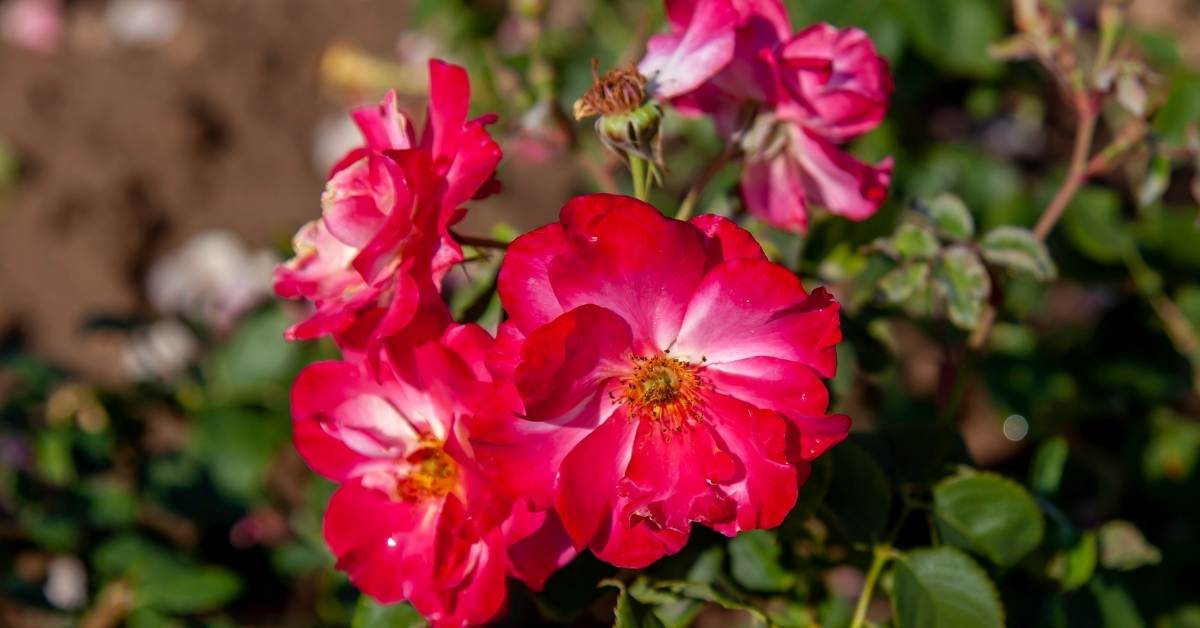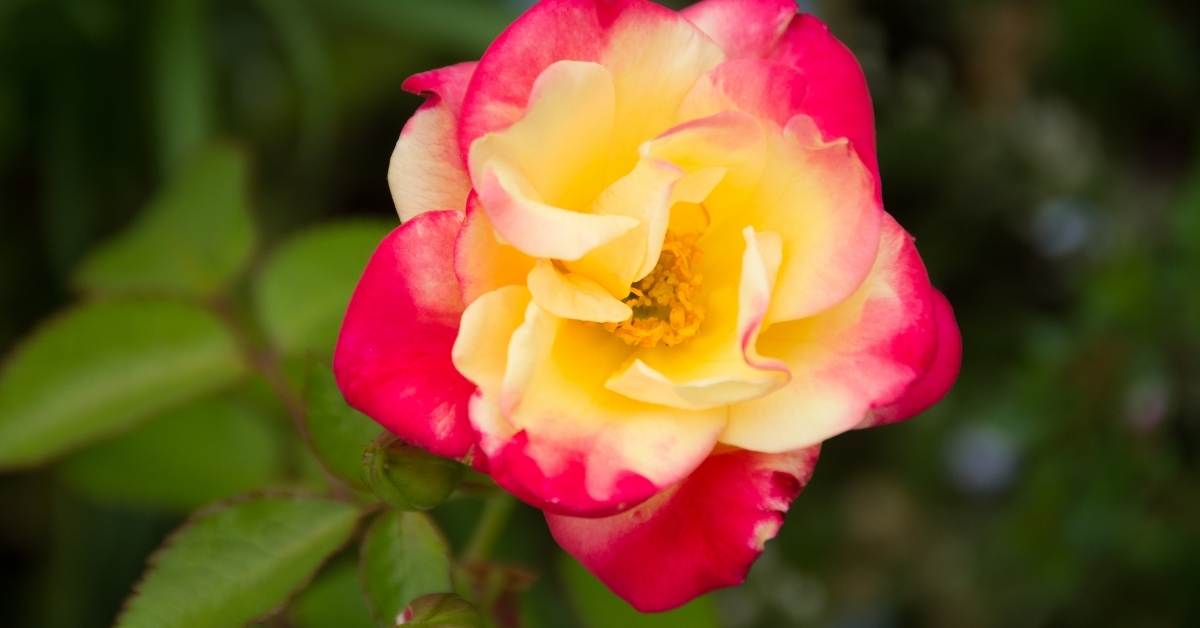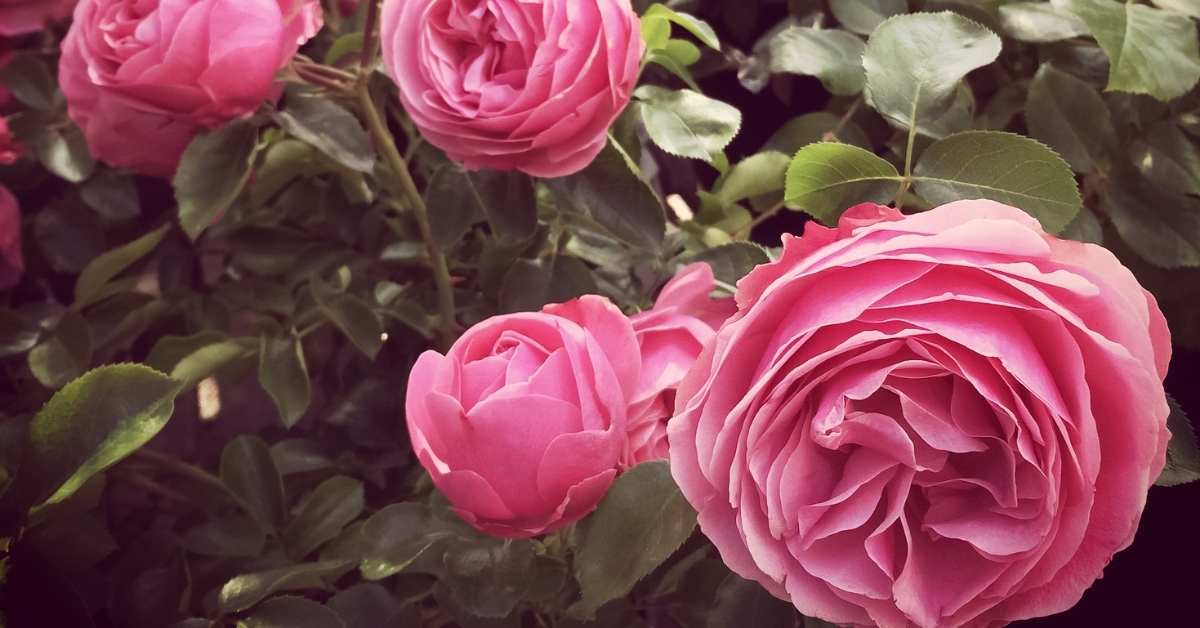Continuous blooming roses are one of the most important plants that I use in my garden compositions. Their petals are reminiscent of yesteryear’s soft, old-fashioned flower heads, while their ruggedness resonates with gardeners in colder climates. Depending upon variety and growing conditions, a large number of them are resistant to pests and diseases such as Campfire Roses.
The only shortcoming of this class of plants is the absence of intense fragrance usually associated with short blooming high maintenance hybrid tea and old-fashioned roses.
Nevertheless, for this perennial gardener, who wants to see color in his flowerbeds all season long, nothing compares to continuous blooming rose bushes to pump out colorful flowers from early summer to late fall and sometimes to early winter.

From the developers of the Explorer and Parkland roses, this series of next-generation plants are named after Canadian artists who created lasting works of beauty on canvas, in sculpture, or in song. Campfire Rose pays homage to a painting by Tom Thompson.
A Canadian Artists’ rose is evaluated more rigorously than those in the previous two series of Parkland and Explorer to benefit growers and gardeners across Canada and the northern United States. It must be adaptable to all parts of Canada and able to survive the climate, frost lines, diseases, and capricious weather patterns from coast to coast.
That means a gardener in Prince George, British Columbia, can reliably grow the same rose bush as the gardener in Yorkton, Saskatchewan, Kingston, Ontario, Dauphin, Manitoba, or Truro, Nova Scotia.
For those of us who garden in cold climates, it’s comforting to know that roses that have been bred in Canada hardly ever require winter protection. Known for their toughness and refinement, they have strong root systems, clean foliage, good-to-excellent disease resistance, and strong blooming power.
When does campfire rose start blooming?
Campfire Rose variety starts to flower in early summer and remains in bloom until hard frost sets in. Can a passionate gardener ask for anything more?
Growers report that this vibrant, multi-colored variety is an awesome performer. Commercial sites describe it as having a mild fragrance. It is very rounded, full, and bushy; it reaches 2 to 3 feet in height and is slightly wider than high.
According to technical details supplied by the breeder and growers, the 20-petal blossoms of Campfire Rose begin as shapely buds with yellow and red tones.

The flowers open yellow, edged in deep rosy pink. Some blooms that appear in the early season will be nearly all yellow, gradually developing pink edging. As the season progresses, the pink edging becomes more prominent. Some flowers will be almost all pink and some nearly all yellow.
As autumn approaches, the blooms tend to be yellow in the bud, quickly turning soft pink. Growers report that the unusual, stunning visual effect is harlequin-like.
Campfire Rose is described as being one of the most disease-resistant of any hardy rose and cold hardy to USDA Zone 2 or CAN Zone 3. The branching on this plant is at 45 degrees, giving it both height and width.
It covers ground quickly yet has enough height to be used as a high ground cover or low shrub. The stems are smooth with only the occasional short thorns, making them easy to work with. This upcoming spring, I look forward to test growing this new rose in my garden with great excitement.

